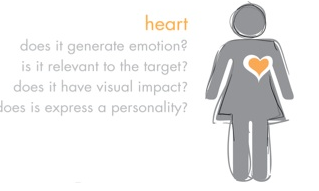Considering it only first appeared in print about ten years ago, “crowdsourcing” has had a meteoric rise to buzzword stardom. Nowadays, companies can’t wait to harness the collective power of anonymous internet users for funding, naming, programming, and even strategic decisions. In some cases it works out amazingly. In others– well you’ll have to see for yourself. Here are some do’s and don’t’s of online crowdsourcing.
Let Your Users Take Control – As terrifying as it sounds, sometimes you need to let your users take the reigns to get the best results. That’s exactly what Mike’s Hard Lemonade chose to do with their “collectable” series. Through a series of crowdsourced contests, Mike’s releases exclusive flavor combinations chosen by their fans, three times a year. Even the artwork is crowdsourced through a design contest run in partnership with Zooppa. “We are always amazed by the number of entries we get, but most of all we are blown away by the quality and diversity of the art, and the amount of time people invest in creating it.”, says Brand Manager, Justin Kelly in a glowing review of the companies crowdsourcing ventures.
Don’t Fear The Weird – Anonymity helps break down the barrier to uninhibited creativity. To put it politely, uninhabited creativity has many forms. The Natural Environment Research Council (NERC) found this out after launching a crowdsourced naming poll for their new Polar Research Vessel. Historically, vessels of this purpose are named after famous explorers, paying homage to their discoveries. The collective audience had a different idea, voting punny names like RRS Usain Boat and RRS Boatimus Prime to the top of the charts. It remains to be seen whether the current front runner, RRS Boaty Mcboatface, will end up painted on the hull of the multimillion dollar vessel, but the publicity it has generated is unmistakeable.
Know When To Call It Quits – The old adage “They can’t all be winners” holds true for crowdsourcing, which is exactly why Microsoft had to pull the plug on Tay.ai, an artificial intelligence chatbot programmed to learn and speak like a teenage girl. She got off on the right foot but quickly took a turn for the worse when the twitter community began bombarding the bot with lewd comments and tweets. We won’t get into the details here, but if you want to do your own research, you’ll see exactly why Microsoft had to end the experiment.





